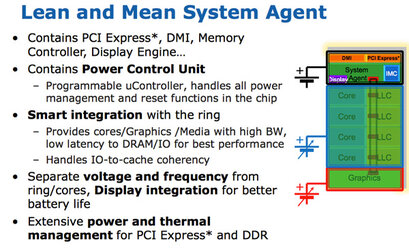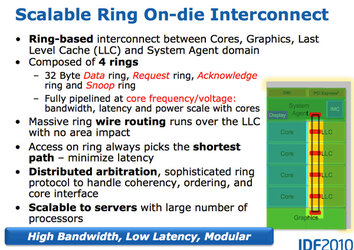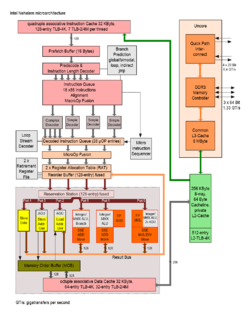I heard that, besides the fact that CPU cache is very expensive, another reason why CPU's have so little of it is also because it's not good to have too big of a L1/L2 cache. So according to the source, the same applies to RAM: having too much RAM is not good, and the ideal is to have only slightly more RAM than you actually need.
So is this true?
For example, if we have a normal workstation that never uses more than 3GB of RAM, would 128 GB of RAM slow you down compared to having only 4 GB (even if it's μs)? Let's assume that in both cases we use 2 sticks with same timings.
Thanks.
So is this true?
For example, if we have a normal workstation that never uses more than 3GB of RAM, would 128 GB of RAM slow you down compared to having only 4 GB (even if it's μs)? Let's assume that in both cases we use 2 sticks with same timings.
Thanks.



 ,there for I win
,there for I win HEHE
HEHE